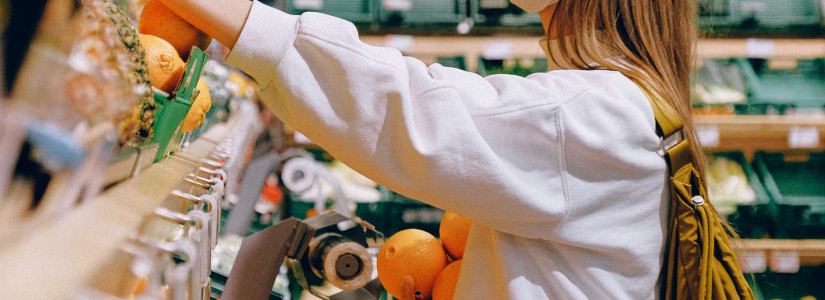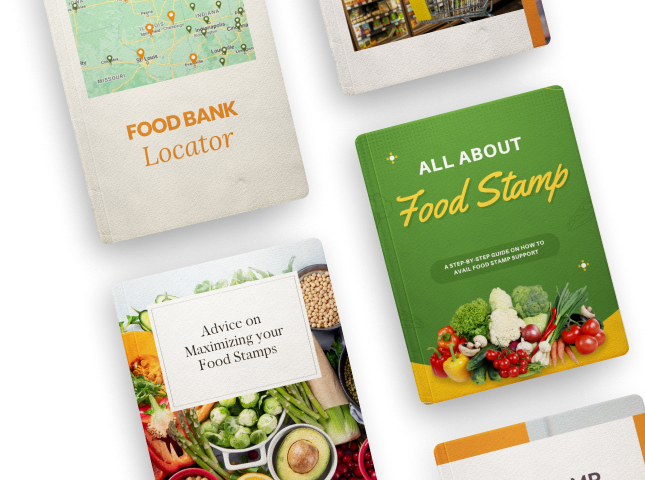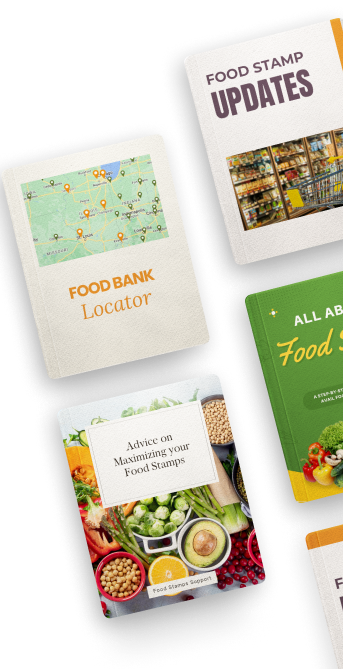The Perils of PFAS: Fighting Back Against Forever Chemicals
Per- and polyfluoroalkyl substances, or PFAS, have infiltrated our food system largely without our knowledge or consent.
These toxic “forever chemicals” persist in the environment and accumulate in our bodies, posing serious health risks. It’s time we fight back against the companies that continue to pollute our food and water with PFAS.
PFAS chemicals were once thought of as wonder substances, used to create nonstick and waterproof products. But we now know these supposedly miracle chemicals come with disastrous consequences, contaminating everything from chocolate and seafood to rainwater and breast milk.
As PFAS spread throughout the environment, they make their way up the food chain and into our diets. Studies show that 98% of Americans have PFAS in their blood. At high enough levels, exposure is linked to cancer, infertility, and developmental issues in children.
The use of PFAS has been largely unregulated, allowing companies to pollute freely and prioritize profits over human health. But public awareness of the PFAS crisis is growing, and citizens are putting pressure on corporations and policymakers to take action.
Many states have filed lawsuits against PFAS manufacturers to recover costs of cleaning up contaminated water supplies.
Shareholder resolutions are demanding companies like DuPont and 3M phase out PFAS use. Some retailers and food companies are pledging to eliminate PFAS from their products and supply chains.
Grassroots campaigns are also fighting back against “forever chemicals.” The Mind the Store campaign is calling on major retailers like Target and Walmart to ban PFAS in the products they sell.
Clean Water Action’s “Toxic Soup” report exposed PFAS in popular soups, stews and chili—and prompted several companies to begin removing the chemicals from their products.
While policy changes and corporate action are still too slow, individuals can take steps to avoid PFAS exposure. Choosing fresh, whole foods over packaged and takeout options is one of the best ways to cut down on PFAS in your diet.
When possible, grow your own produce or buy from local farmers using organic practices. Check labels and avoid nonstick or grease-resistant coatings on cookware, food wrappers and containers.
Together, our actions and voices can build momentum to demand a future free from forever chemicals. The health of our families and planet depends on it.












